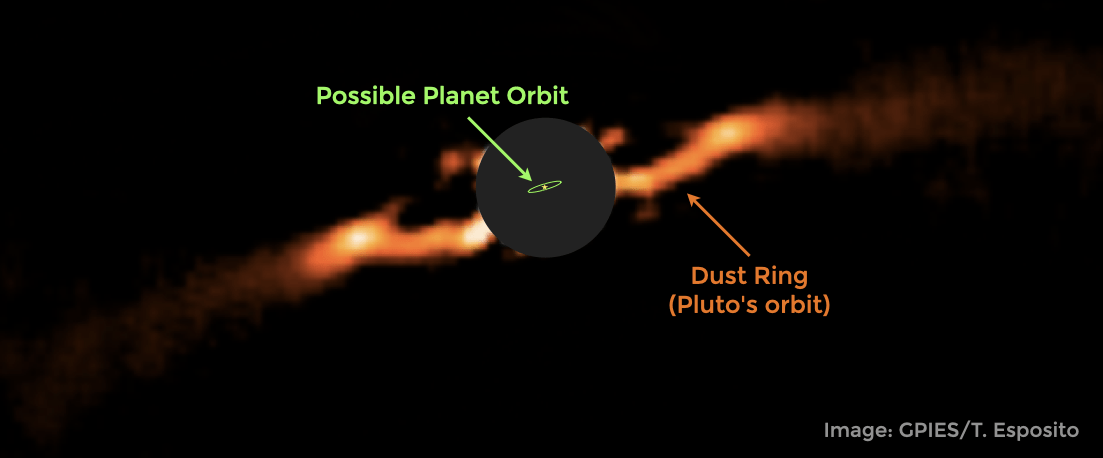
During the month of May, Unistellar observers have a special opportunity to help confirm the existence of a new exoplanet around a distant star. Observers in the Southern Hemisphere will be able to see the star HD 114082 in the night sky until June 4 and, if you’re lucky, you’ll catch a glimpse of a still-unconfirmed exoplanet orbiting this young star.
HD 114082 is located about 300 light-years from Earth, and it’s young, at least by star standards, at about 16 million years old. The star is young enough that it still has a large debris disk of rocks and dust swirling around it, and potentially an exoplanet hiding behind that disk. TIC 441546821.01 is an exoplanet candidate orbiting HD 114082 that’s only been potentially observed once before. That means scientists have found tantalizing evidence of a new exoplanet, but they haven’t been able to confirm it yet, and they need more observations to do that.

Ready to observe?
To help out, Unistellar Citizen Astronomers in the Southern Hemisphere can point their eVscopes at the young star on any night now through June 4, to see if they can catch the exoplanet passing in front of it, what’s called a transit. More and better transit observations will help constrain models of the exoplanet’s orbit. That will not only aid future research on it, but also begin to give scientists some idea of temperatures on the planet, as well as how it might gravitationally affect other potential planets near it. Scientists with NASA’s Transiting Exoplanet Survey Satellite (TESS) mission are also interested in TIC 441546821.01, and are keeping an eye on it as well.
To observe the potential exoplanet, eVscope users can visit Unistellar’s dedicated exoplanet transit predictions page and follow the instructions under the “Search for a Dusty Planet” tab. You’ll need to keep your eye on the star for at least three hours, and the best time to observe is from one hour after sunset to around midnight local time. You can observe as many nights as you like — the more the better!
If you have any questions, please reach out to citizenscience@unistellaroptics.com.





